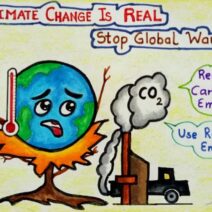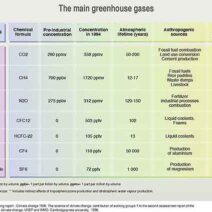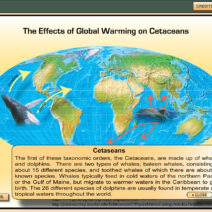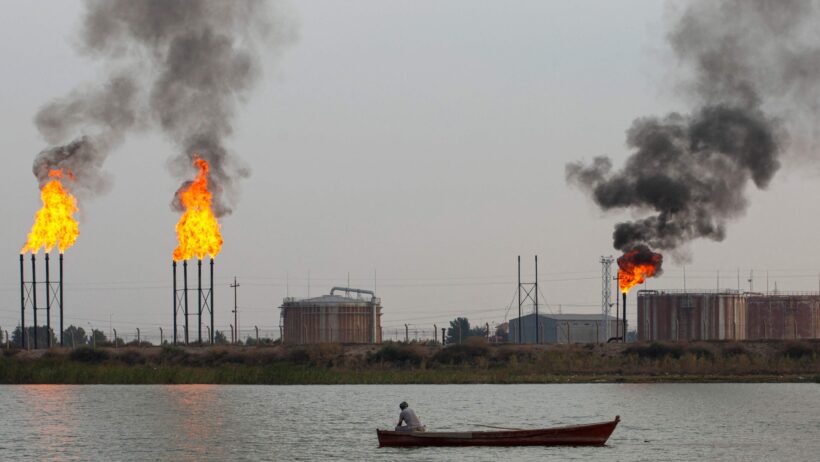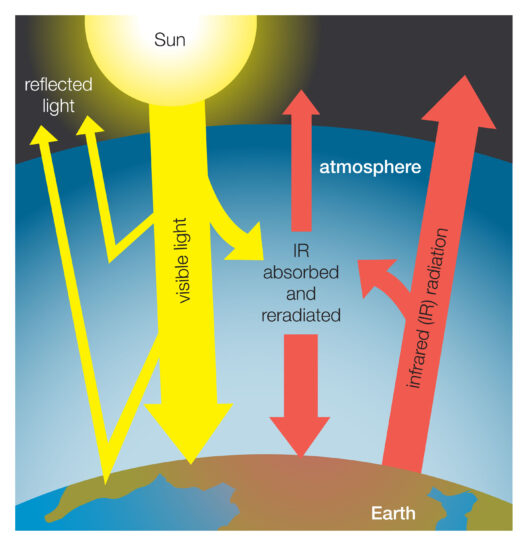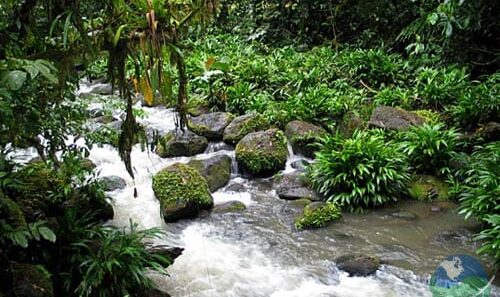Climate change, a term that has reverberated through scientific debates, political discussions, and public consciousness, has not emerged overnight. Its roots delve deep into the annals of history, revealing a saga rich in complexity and urgency. Understanding how long climate change has been an issue requires examining its evolution, the science behind it, and the various paradigms that shaped our contemporary comprehension of environmental instability.
The historical narrative of climate change predates modern civilization, though the acknowledgment of it as a pressing global crisis is a relatively recent phenomenon.
Ancient Awareness: The Seeds of Climate Understanding
The early humans lived in harmony with nature, observing the seasonal shifts and their implications for survival. Although ancient societies did not have a scientific lexicon to articulate climate variation, they recognized patterns. Cultures such as the Mesopotamians attempted to adapt to climate-induced agricultural fluctuations as early as 4000 B.C. They documented their observations on clay tablets, indicating an intuitive grasp of environmental change.
Moving forward to the Middle Ages, the Little Ice Age between the 14th and 19th centuries demonstrated the profound impact of climate variations. This period witnessed unseasonably cooler temperatures, which led to famine and social unrest in Europe. Innovative thinkers like the philosopher Francis Bacon in the early 17th century began to formulate early inquiries into nature’s dynamics, foreshadowing the intellectual framework that would emerge in the scientific study of climate.
Thus, ancient and medieval societies contributed significantly to an evolving awareness of climate as both an influencer of human experience and a formidable force in ecological storytelling.
The Dawn of Scientific Inquiry: From Observations to Understanding
It was not until the 18th century that the study of climate transitioned from anecdotal observations to rigorous scientific inquiry. Pioneers like Joseph Fourier and John Tyndall laid the groundwork for our current understanding of the greenhouse effect. Fourier’s work in 1824 suggested that the Earth’s atmosphere was capable of trapping heat, thereby influencing global temperatures. Tyndall’s research in the 1850s pinpointed specific gases—like carbon dioxide and methane—that contributed to this phenomenon.
As the industrial revolution unfurled in the late 19th century, humanity began to increase its carbon footprint. The combustion of fossil fuels escalated, releasing greenhouse gases in unprecedented quantities. Despite scientific findings illustrating the correlation between human activity and rising atmospheric CO2 levels, the implications were far from immediate. Politicians and business magnates dismissed or downplayed these warnings, framing the narrative around economic growth and industrial progress.
The latter half of the 20th century witnessed a pivotal shift. In the 1970s, activists and scientists voiced concerns over air and water pollution, raising alarm bells about environmental degradation. The first Earth Day in 1970 united millions in a call for sustainability and environmental stewardship, signifying a collective acknowledgment of humanity’s environmental responsibilities and beginning to view climate change as a critical issue to address.
Rising Awareness: The Emergence of Global Consciousness
As the 1980s unfolded, climate change emerged as a distinct global concern. The establishment of the Intergovernmental Panel on Climate Change (IPCC) in 1988 underlined the international community’s recognition of the issue. Initially, the focus centered on capturing the phenomena of climate variability and communicating scientifically-backed evidence to governmental bodies.
The 1992 United Nations Framework Convention on Climate Change (UNFCCC) marked a significant milestone in global climate policy, setting the stage for future negotiations. However, despite the establishment of treaties and protocols, the urgency surrounding climate action remained stagnant. The stark warnings of scientists grew more dire as extreme weather events and their ramifications increasingly permeated the global narrative.
By the turn of the 21st century, reports from the IPCC unequivocally linked human actions to climate change. With the proliferation of information through digital platforms, a new generation became acutely aware of risks associated with inaction—biodiversity loss, sea-level rise, and societal disruption became issues too prevalent to ignore. National conversations sparked by documentaries, academic studies, and international summits galvanized public support for climate action and drove grassroots movements into the limelight.
Contemporary Reflections: The Era of Climate Activism
Today, climate change is inextricably intertwined with global discourse, transcending geographical and political boundaries. The intricate interplay of climatic conditions, human behavior, and technology has cultivated a multifaceted narrative. Activists like Greta Thunberg and organizations such as Extinction Rebellion have catalyzed a worldwide understanding of climate urgency, compelling leaders to reevaluate their approaches. The visuals of melting glaciers, catastrophic wildfires, and deluge-like flooding have invoked an emotional response, creating an aesthetic appeal rooted in despair yet underscored by hope.
As we navigate the complexities of climate change, it is imperative to distill the science into actionable insights. Awareness alone is insufficient; collective responsibility must guide our actions. The history of climate change as an issue serves as a powerful reminder that humanity’s future hinges upon recognizing our role as stewards of the planet. By gleaning wisdom from the narratives of the past, society can build a sustainable future, adapting and advocating for preservation in a landscape shaped by change.
Understanding how long climate change has been an issue is not just about discerning timelines; it’s about recognizing the symbiotic relationship between humanity and the Earth. This relationship, forged over millennia, requires thoughtful reflection, responsible action, and, above all, a commitment to dialogue and collaboration. The urgency may resound with an artist’s brush of despair, but it also paints opportunities for transformation and collective resilience in the face of adversity.
